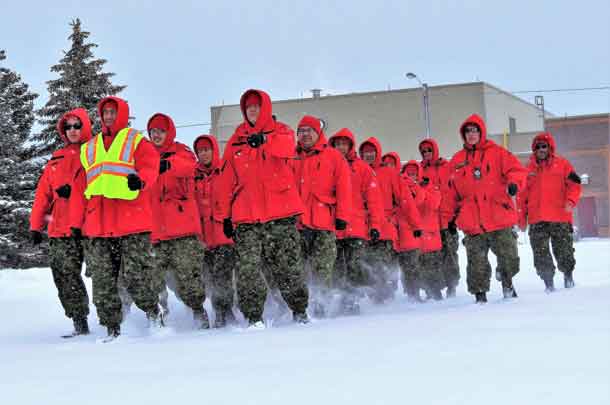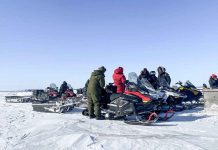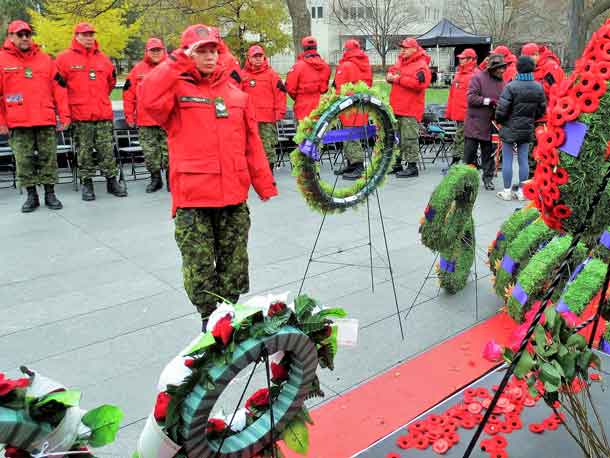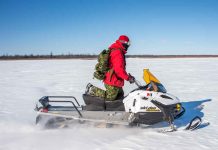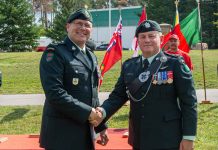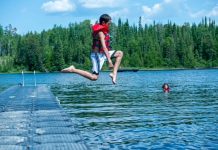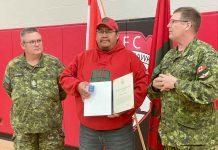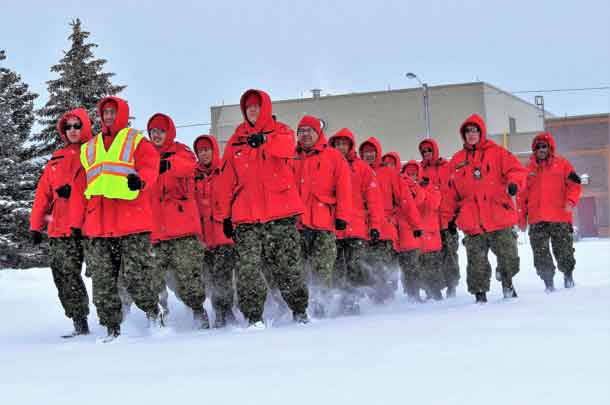
By Sgt. Peter Moon
THUNDER BAY – Canadian Rangers from 13 First Nations from across the Far North of Ontario have completed a demanding eight days of basic training.
“I found it challenging,” said Ranger Jethro Oskineegish from Nibinamik First Nation, a small Oji-Cree community 500 kilometers north of Thunder Bay. ”But I’ve learned a lot and it’s been a great experience.”
He became a Ranger, a part-time army reservist when the Canadian Army opened a new patrol in his community in September.
A total of 56 Rangers completed the training, which the army calls a Canadian Ranger Basic Military Indoctrination course, at the 4th Canadian Division Training Centre at Meaford, near Owen Sound.
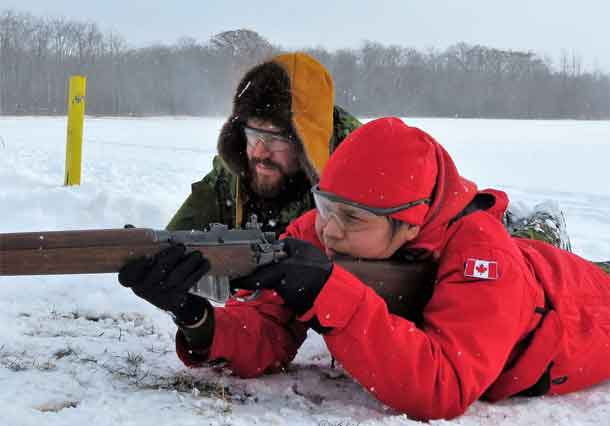
“This is the biggest one we’ve done so far,” said Lieutenant-Colonel Matthew Richardson, commanding officer of the 3rd Canadian Ranger Patrol Group, which commands the 550 Rangers in 24 First Nation communities in Northern Ontario. “The Rangers should be proud of what they’ve done on this course and I know they’re proud to wear the distinctive red Ranger hoodie and ball cap. It’s a distinction of honour and they worked hard to get it. They’re flying home ready to serve their communities and Canada.”
The Rangers received instruction in shooting, first aid, navigation, and how Rangers are expected to conduct themselves as members of the Canadian Army.
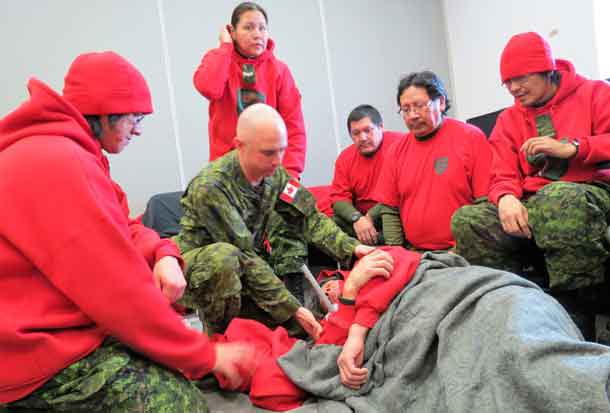
“A lot of them are hunters and trappers and they have the skills to travel on the land and survive on the land,” said Captain Karl Haupt, a course officer. “But they don’t necessarily have the skills required to understand how to do a search. We’ve taught them how to use a map and compass.”
Army instructors taught navigation in classrooms. The students then had to complete navigation exercises in the field in both daylight and at night.
“Navigation was a big challenge,” Ranger Oskineegish said. “It’s difficult with all the numbers and all the math. But I’m confident I can do it now.”
The Rangers marched around the training centre in a formation and were the centre of a lot of curious attention from southern soldiers who had never seen Rangers before. The Rangers had to get up at 6 a.m. and be ready to march to breakfast at 7.50 a.m. and were kept busy for most of their days. “When I get home I’m going to get some sleep,” Ranger Oskineegish said.
The most popular part of the training for many of the students was shooting. “I enjoyed everything,” Ranger Oskineegish said, “but the shooting range was the best. I hunt but when I started shooting on the range I found I was a bad shot at first. But now, with what the army taught me, I’m a good shot.”
Each Ranger patrol has one member who is the patrol’s clerk. Many sent their clerk to Meaford to receive two days training in how to keep track of pay and other military records. The clerks got practical experience processing the 56 Ranger students when they arrived for basic training.
“When the Rangers arrived for basic training many of them didn’t know what they were doing or were expected to do,” said Sergeant Byron Corston of Moose Factory, one of six experienced Rangers who acted as assistant instructors. “But as the course progressed you could see them learning and changing. They finished up being very proud to wear the Ranger red.”
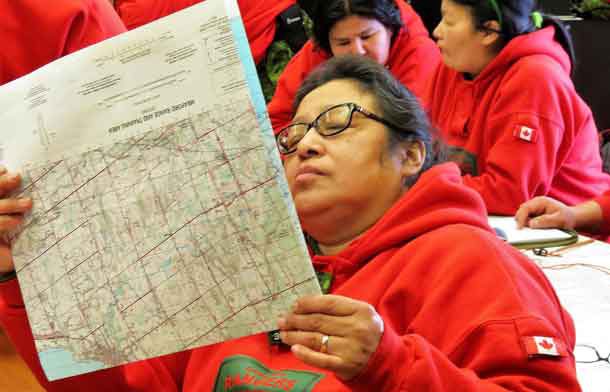
(Sergeant Peter Moon is the public affairs ranger for the 3rd Ranger Patrol Group at Canadian Forces Base Borden.)

